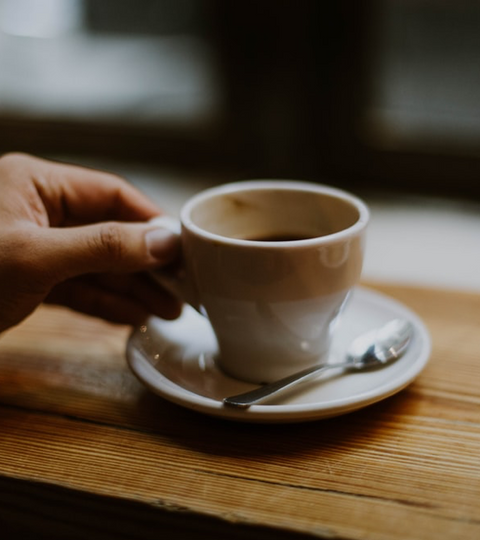How Much Caffeine is in Coffee?
One of the key reasons that coffee is enjoyed by so many is the energy-boosting benefits the caffeine within each sip offers. But how much caffeine is in your coffee? As we will explore, the caffeine content of coffee is greatly dependant on the type of coffee beans used, roast style, brewing method, and serving size.
What is Caffeine?
Caffeine is a natural stimulant that can be found within coffee and tea. Technically a psychoactive drug, caffeine stimulates the central nervous system, making you feel more alert and energetic. It is considered safe for adults to consume up to 400 milligrams of caffeine a day – this is about four cups of coffee worth.
Caffeine Levels Vary Between Coffee Types
While the amount of coffee in each cup has a big impact on the flavour of the drink, it doesn’t always relate to the amount of caffeine present in the drink. The average cup of coffee contains around 100 milligrams of coffee; however, this can vary greatly depending on the type of coffee drunk.
While you might expect an espresso to be the most caffeinated form of coffee, this isn’t always the case. An espresso can have 50 milligrams, while a drip coffee could be 200 milligrams or more.

Coffee Beans Impact the Amount of Caffeine
While we usually associate darker coloured drinks with stronger intensity, this can actually be the opposite when it comes to coffee. Darker roasts will typically have lower levels of caffeine than lighter roasts, as the caffeine molecules break down more when the beans are roasted for longer to produce a darker roast.
The type of coffee beans used, and the level they have been ground will also have an impact on caffeine levels, with Robusta coffee beans containing around twice as much caffeine as Arabica beans. Likewise, finer ground coffee will usually produce a higher level of caffeine.

Brewing Method Affects Caffeine Levels
The amount of caffeine found in each cup will also depend on the brewing method. The longer you leave the coffee brewing, the higher the caffeine levels. French press coffee and drip coffee methods typically involve leaving the coffee brewing for a few minutes, so will often result in a more caffeinated cup.
Likewise, if your coffee recipe involves more coffee than usual in its ratio to water, such as when brewing using an AeroPress coffee maker, this will also result in a more caffeinated brew.
What is Decaf Coffee?
Short for decaffeinated coffee, decaf is a great choice for coffee lovers who need to reduce their caffeine intake. The name decaf is a little deceptive, as it is not entirely caffeine-free, but it has had at least 97% of the caffeine removed. A cup of decaf coffee will still have about 3 milligrams of caffeine in it.
There are a few ways in which caffeine can be removed from unroasted coffee beans, such as using organic solvents or activated carbon to extract and dissolve the caffeine.

Additional Ingredients Affect Flavour and Texture
While ingredients added to your coffee won’t affect the level of caffeine, it will impact on the concentration of the caffeine, and the overall flavour and consistency of your brew. Milk is one of the most popular additions to a cup of coffee, and the amount and type added will be dependent on the type of coffee being made.
Some coffee, such as a macchiato, will only use a drop of foamed milk, whereas lattes and cappuccinos will contain a far higher proportion of milk. The texture and consistency of each drink will also vary depending on whether the milk is steamed, foamed or cold milk.
Do you prefer coffee with lots of caffeine, or would you rather sip on a decaf brew? Let us know your thoughts by leaving a comment!


1 Comment
Love my AeroPress when I’m away from home and my Gioto Rocket ‘prosumer’ espresso machine. A very helpful article, thank you.